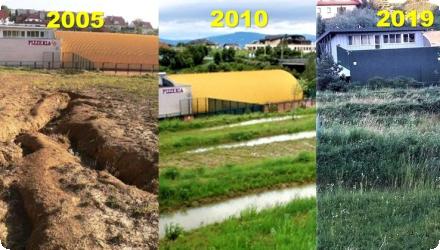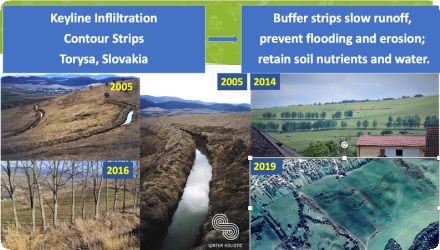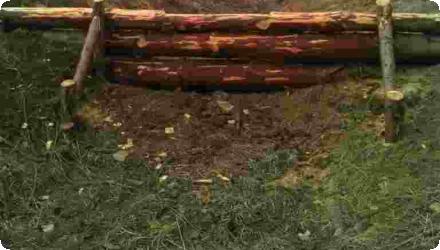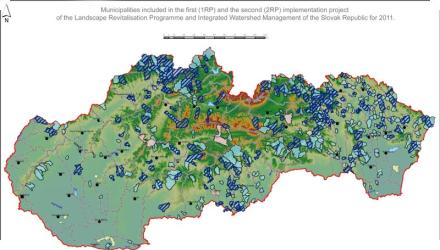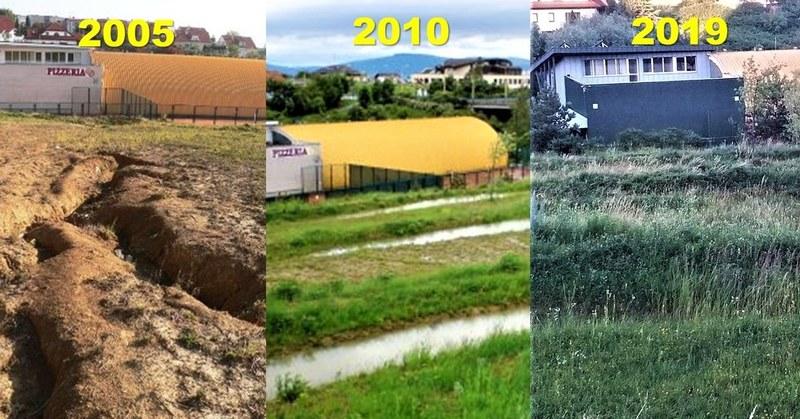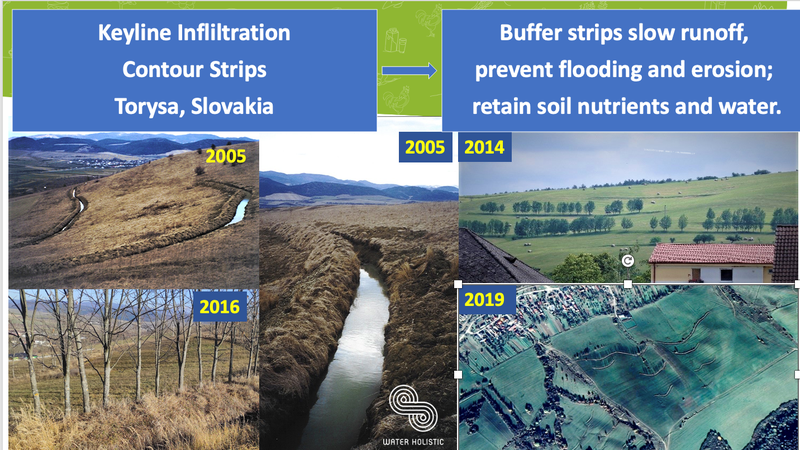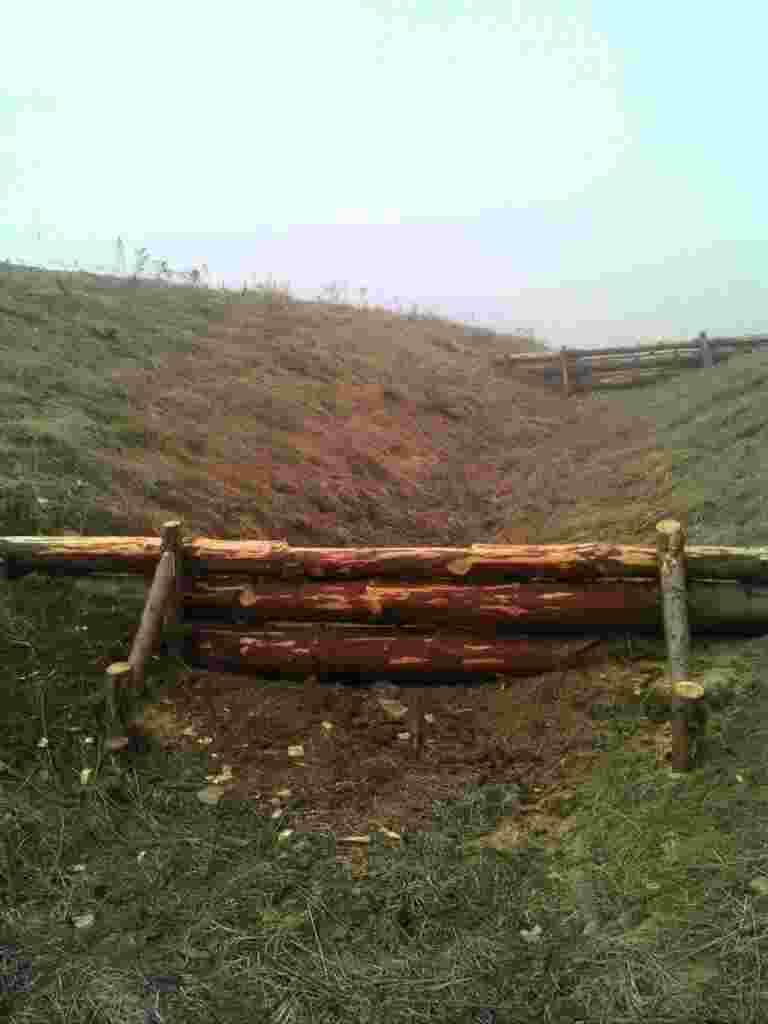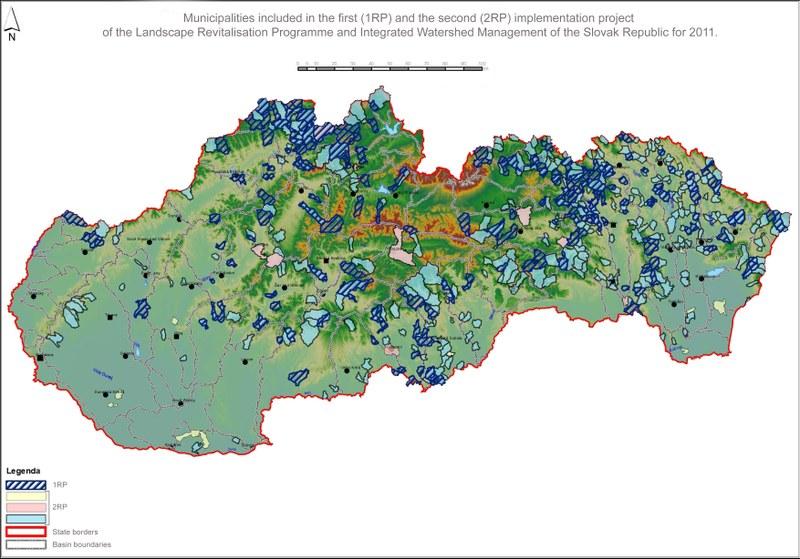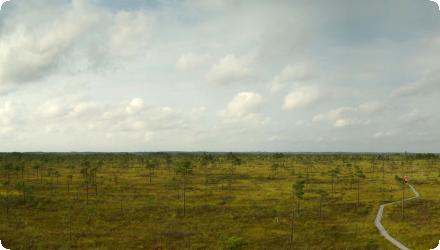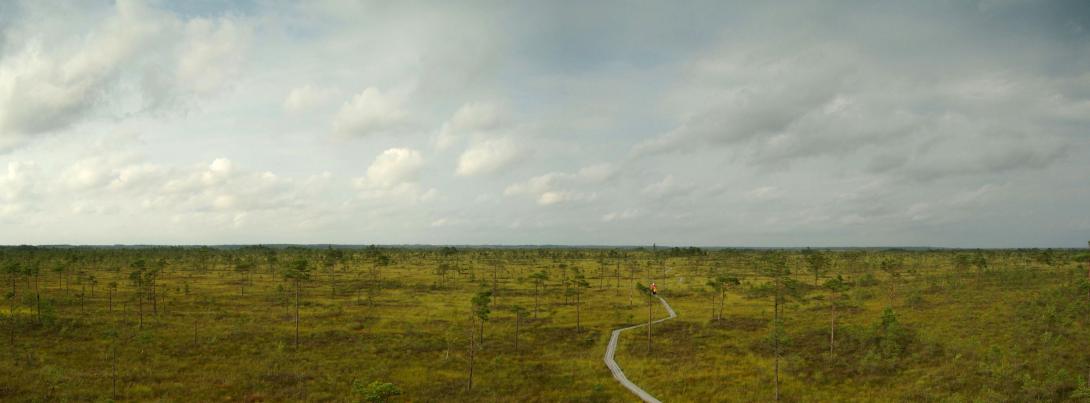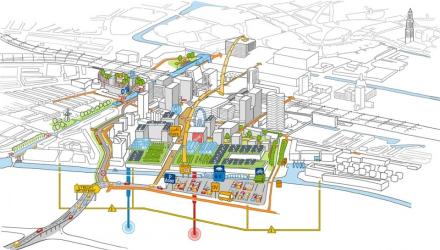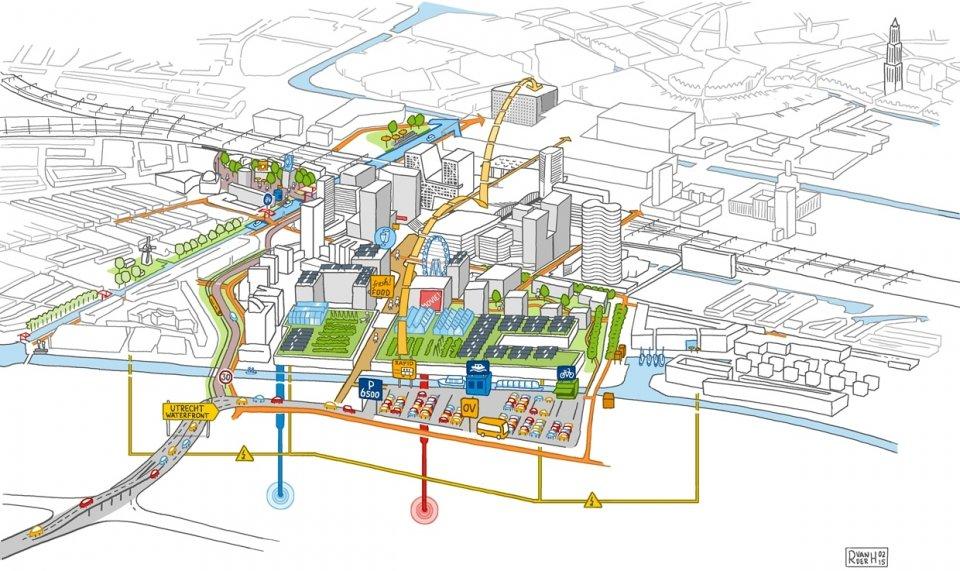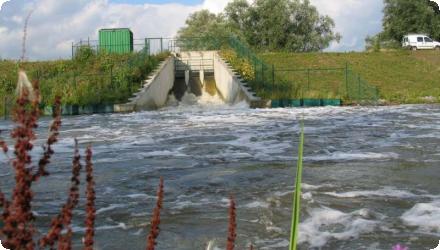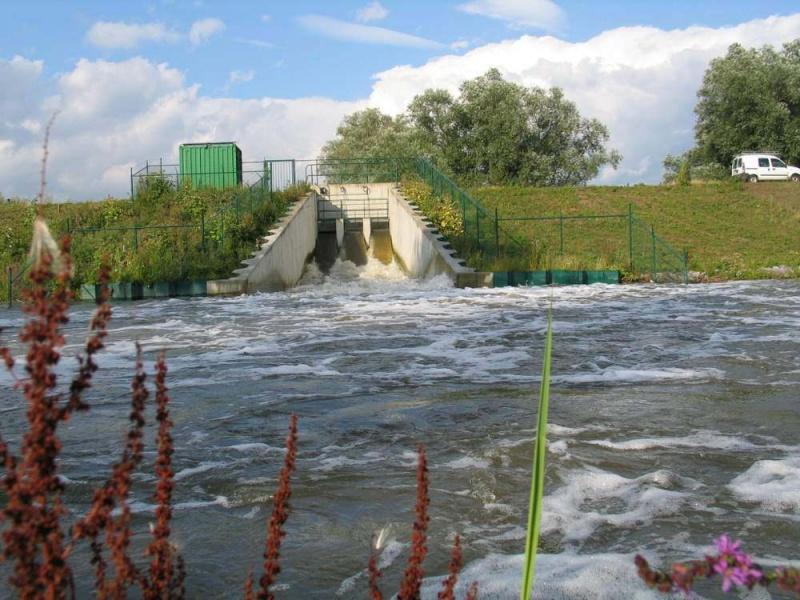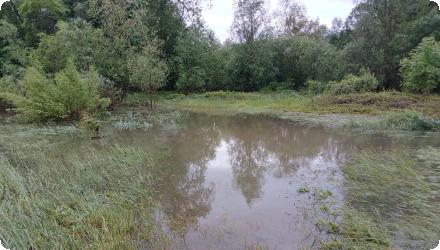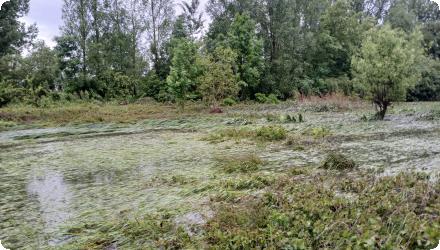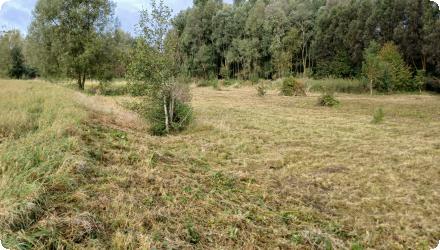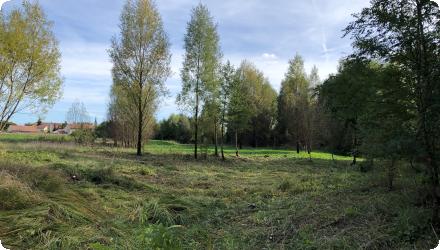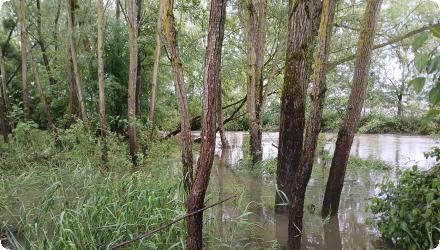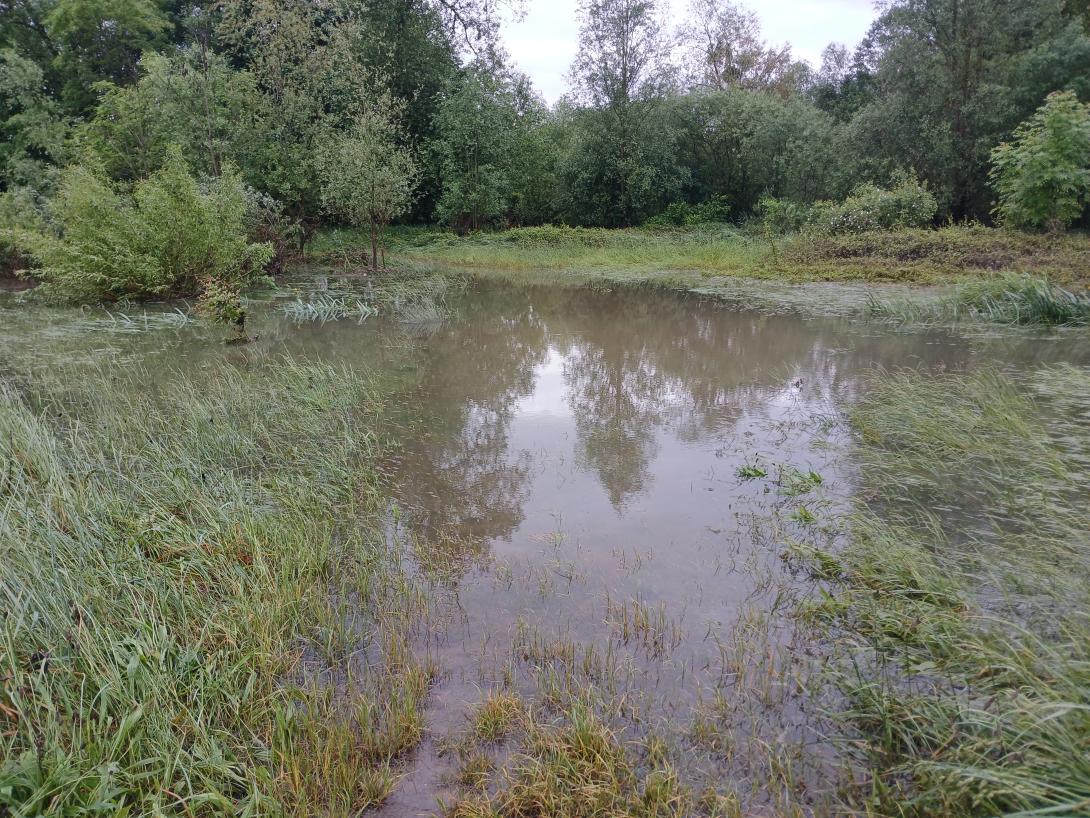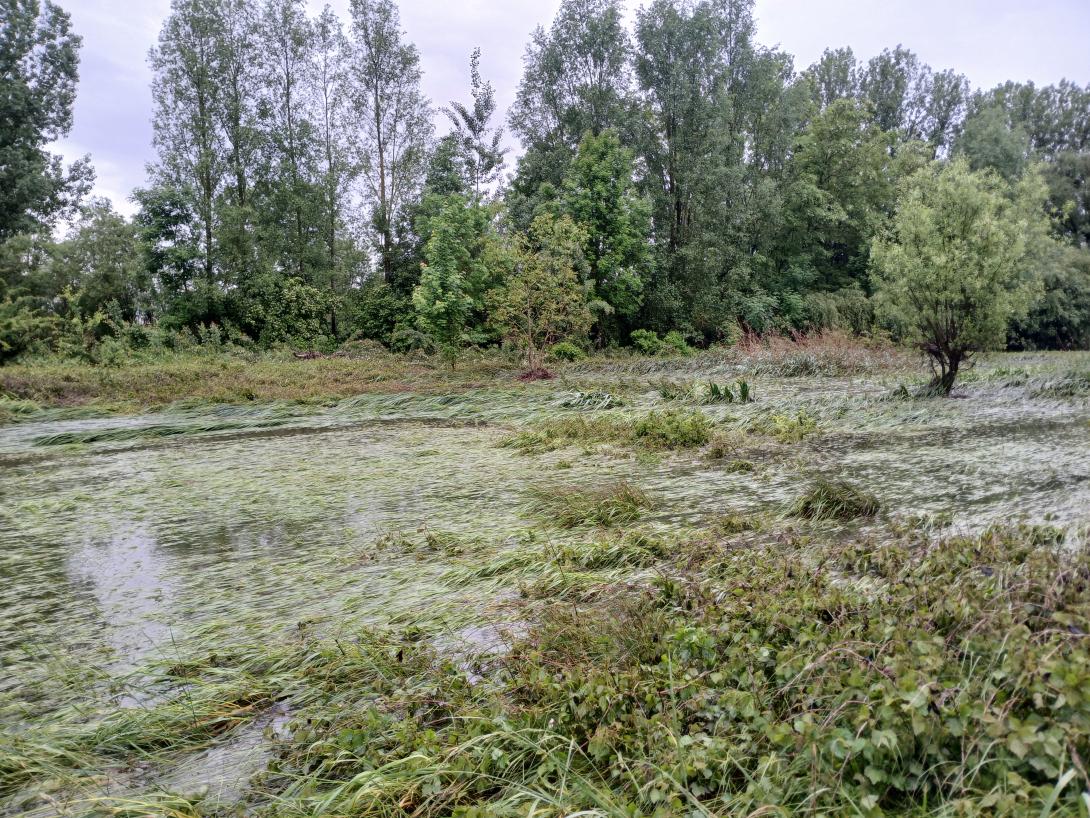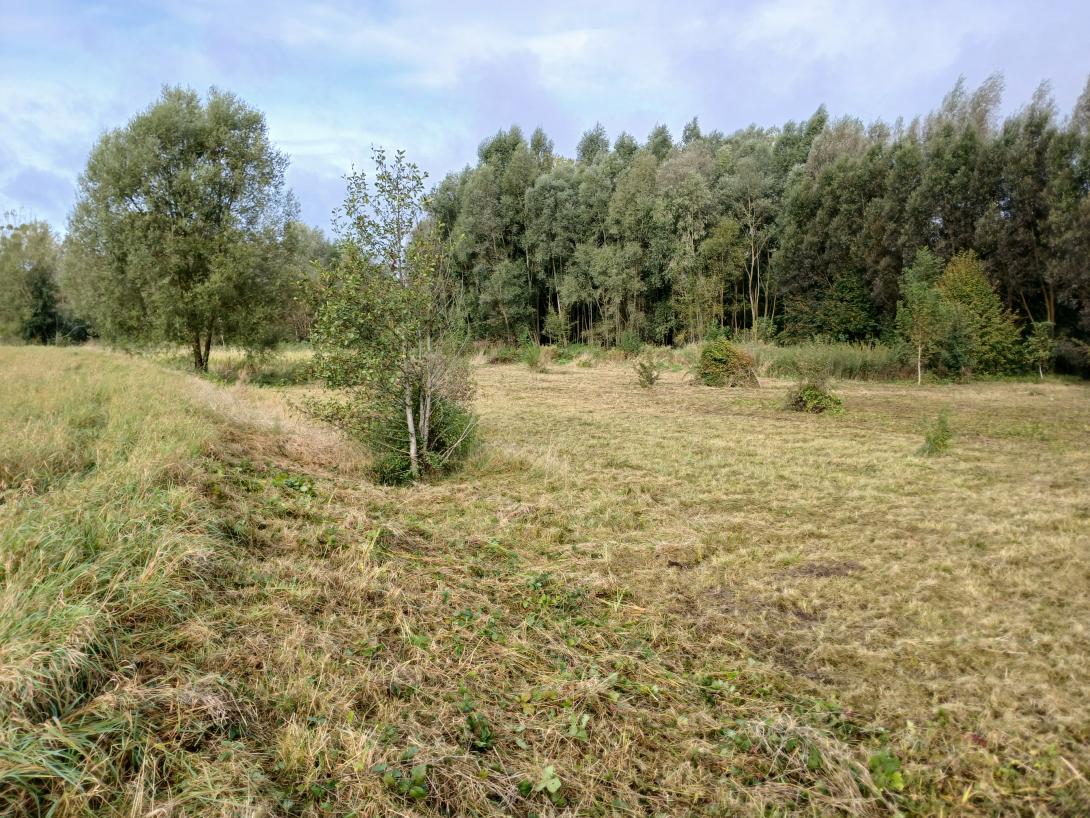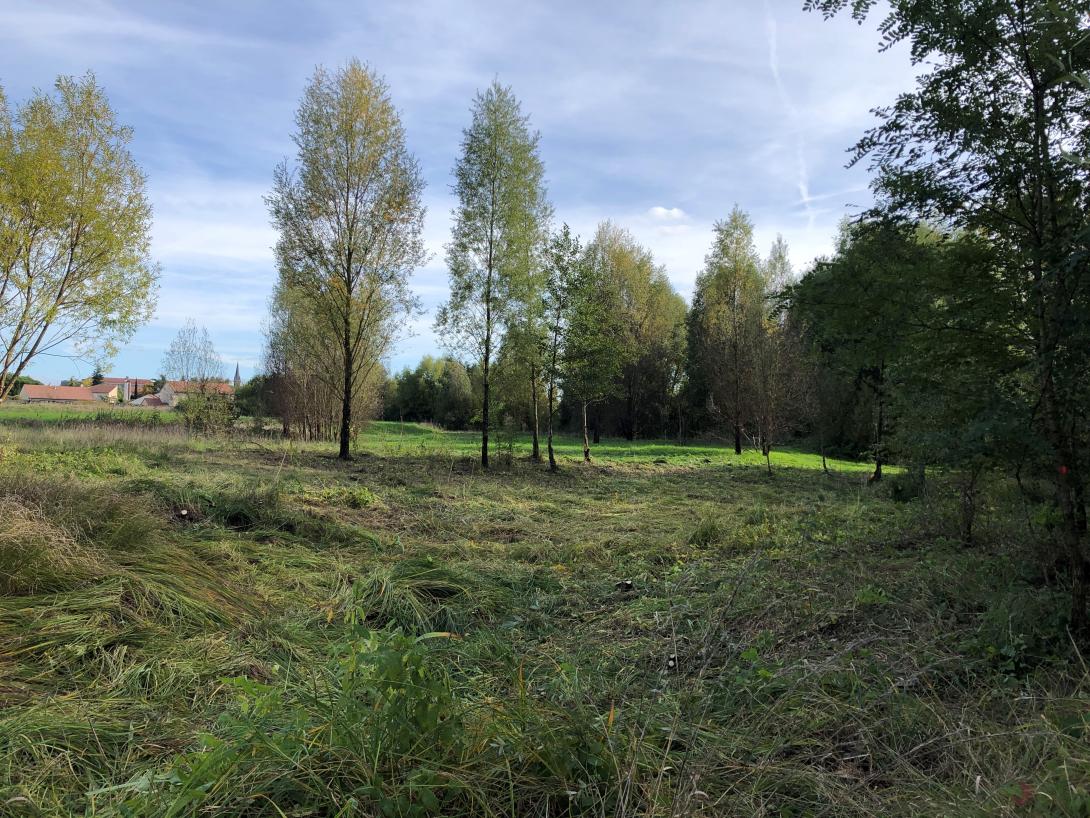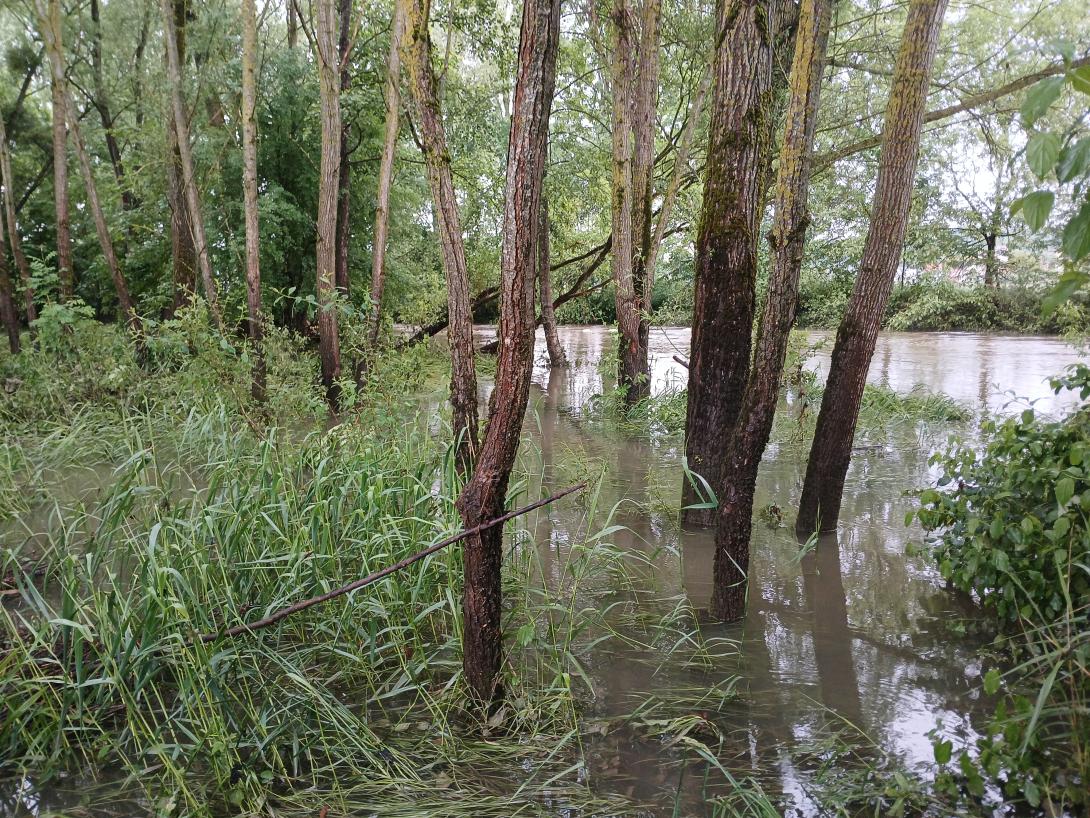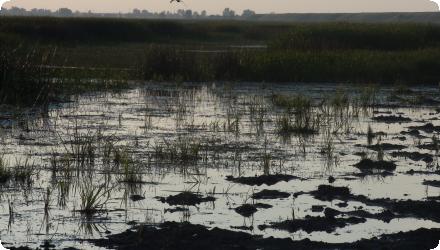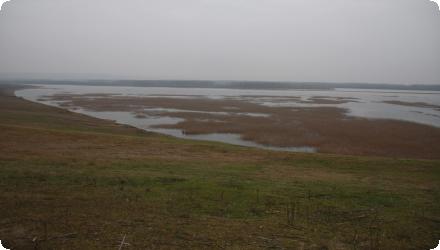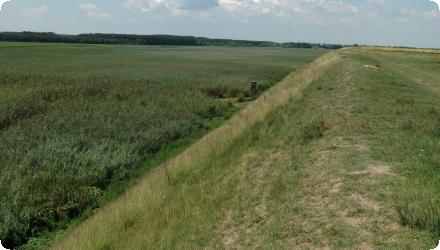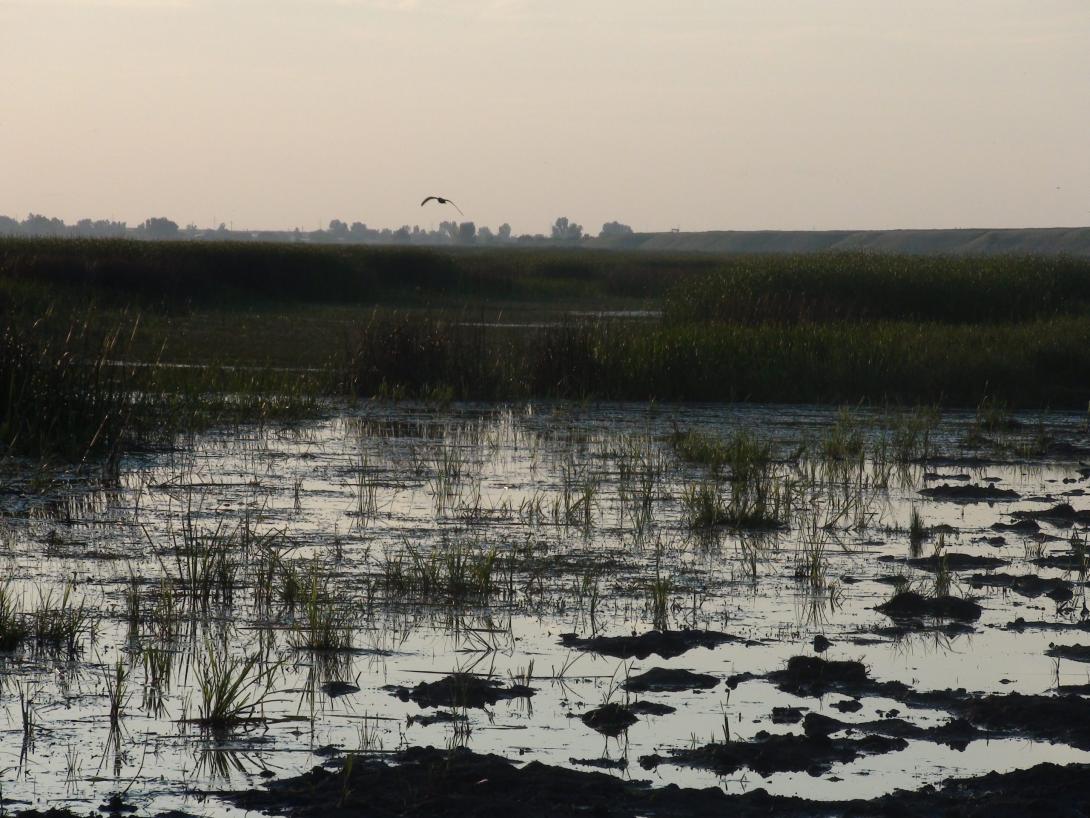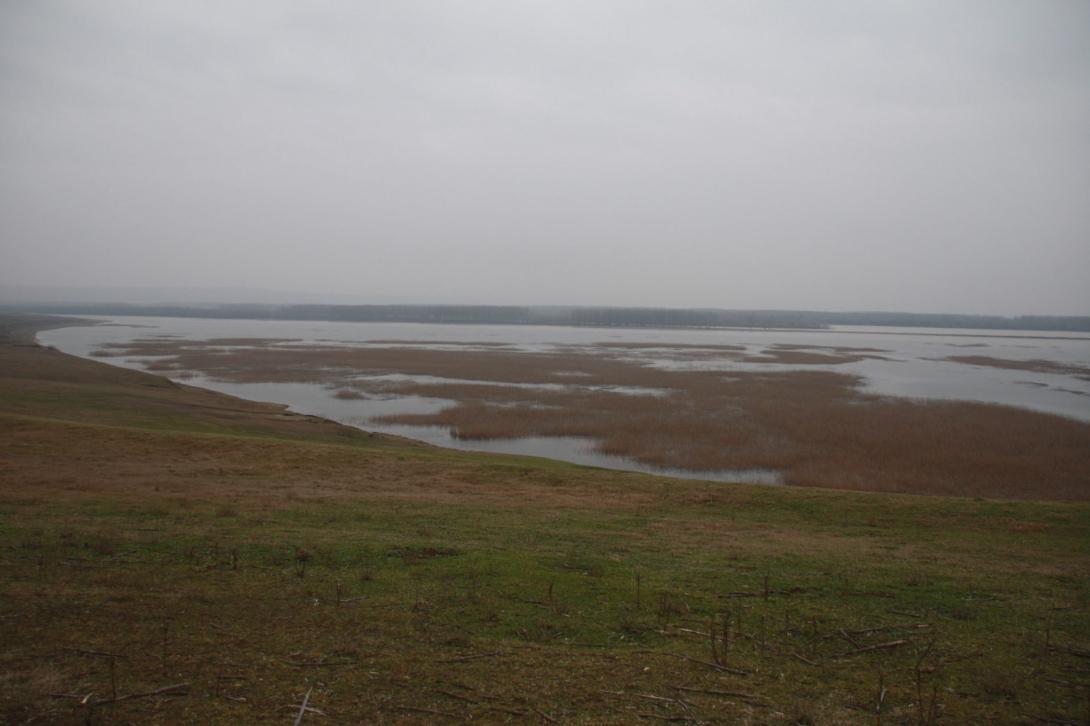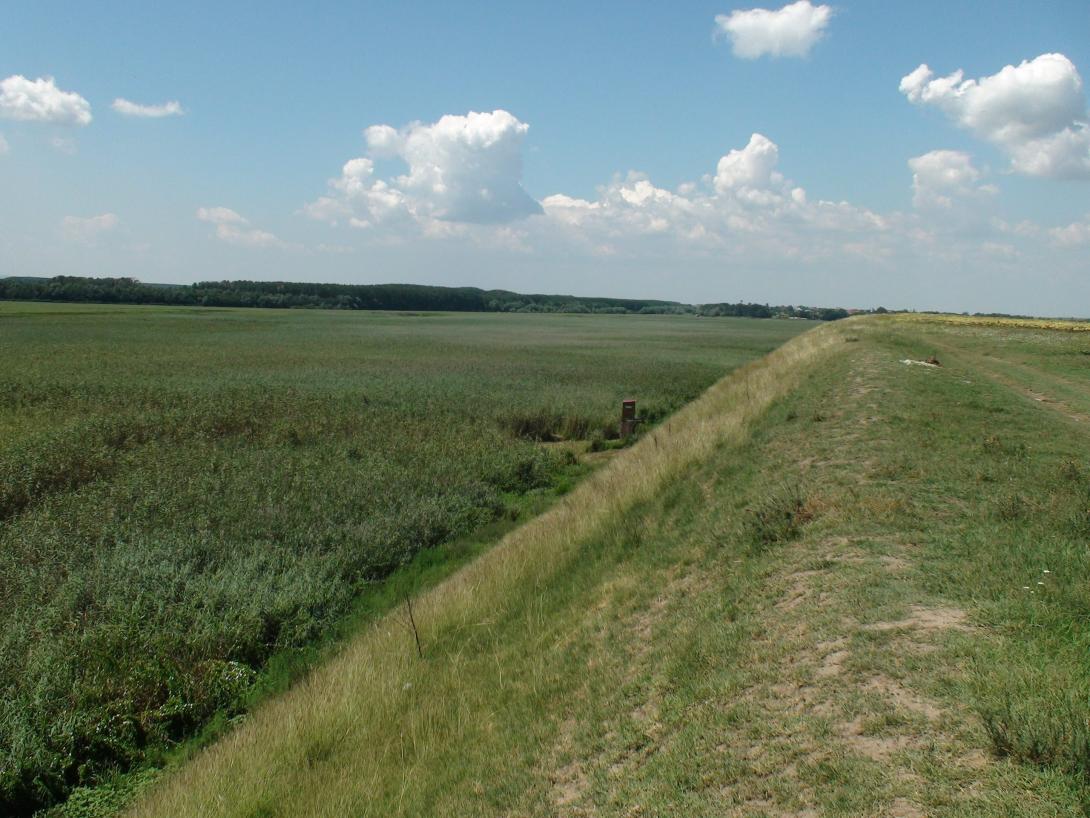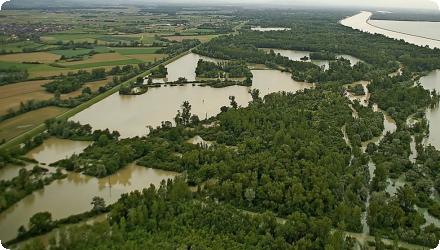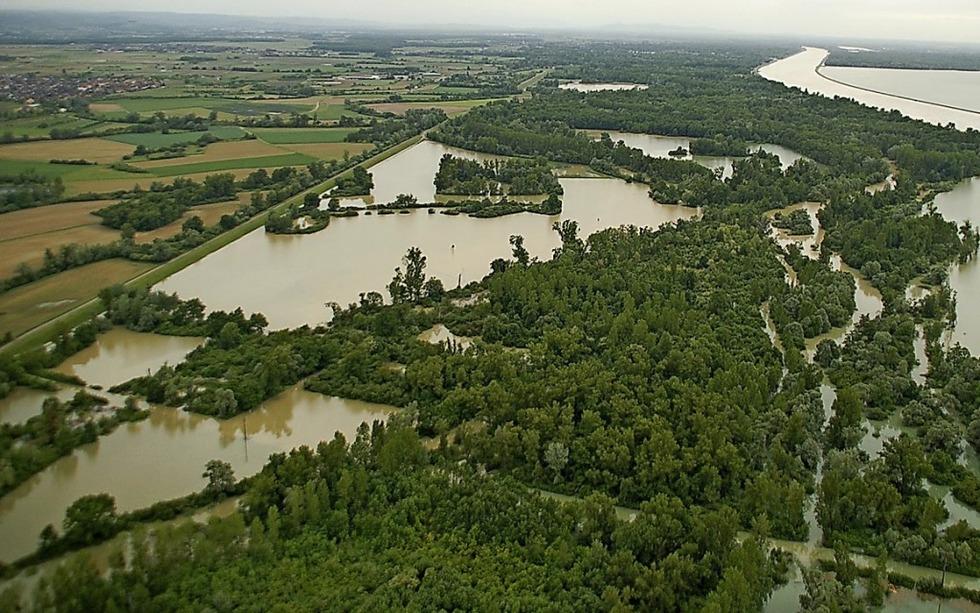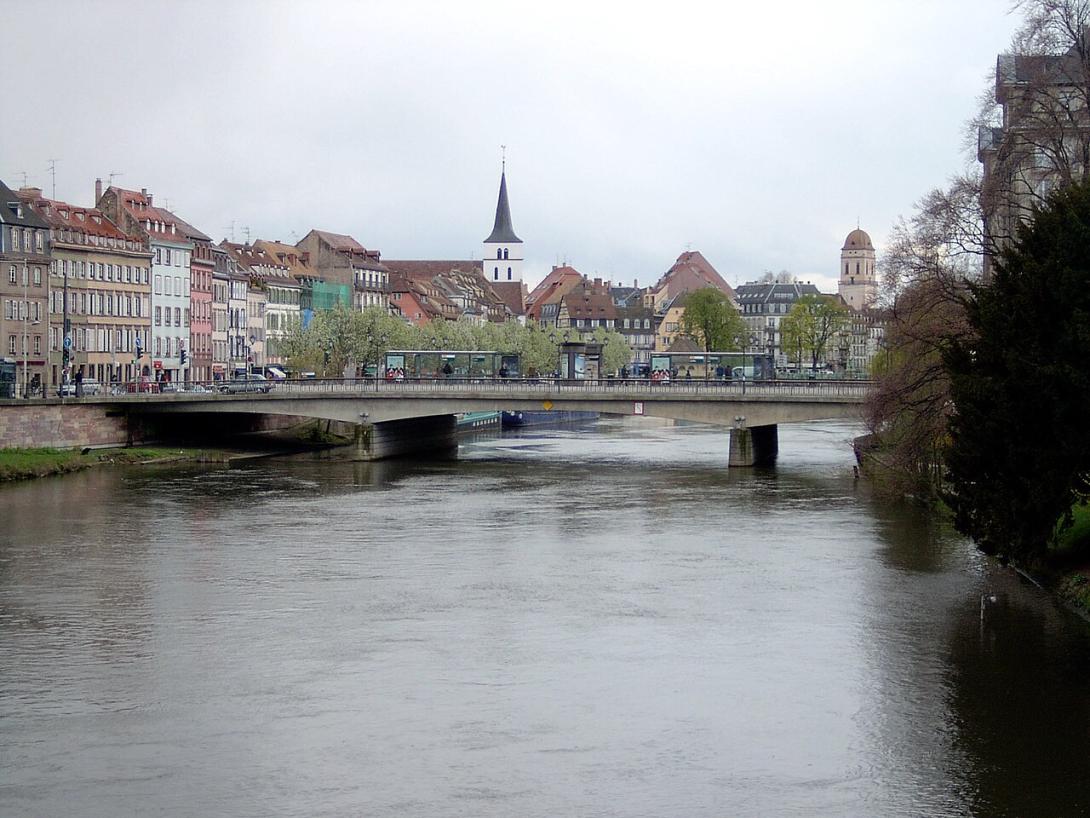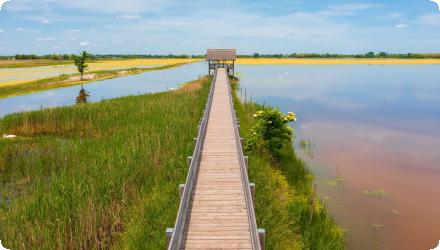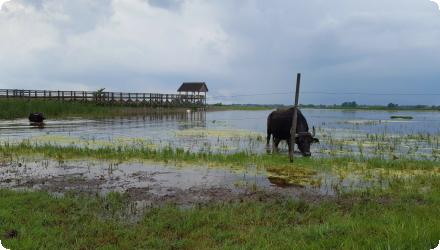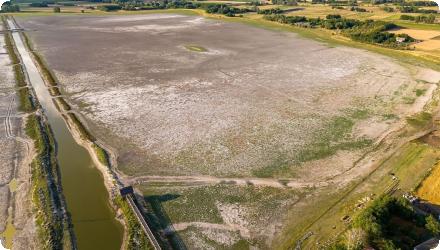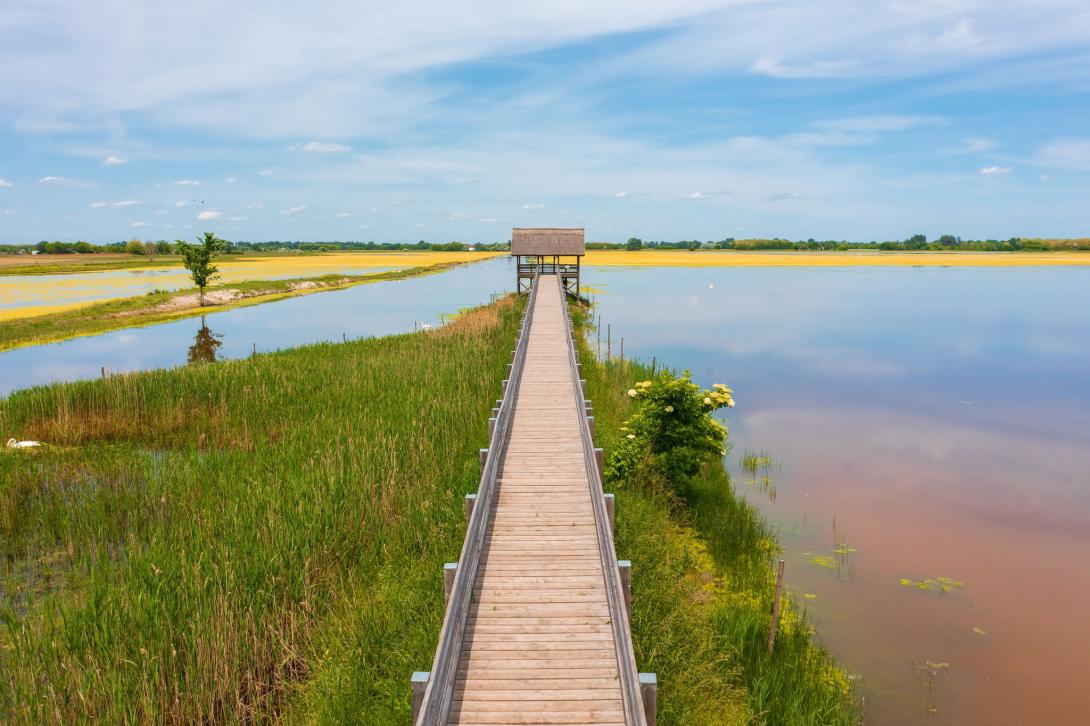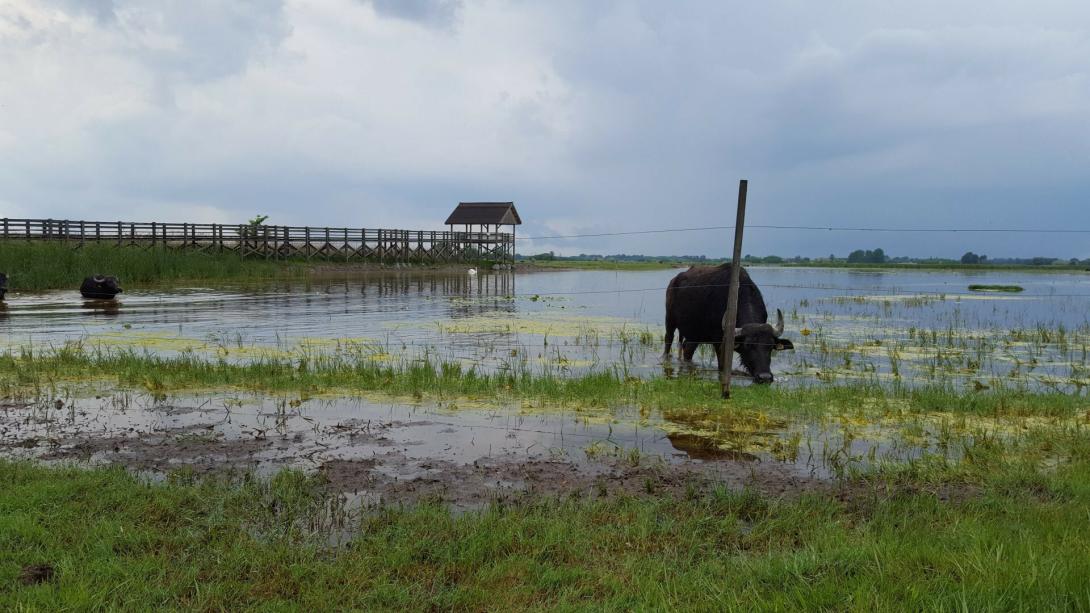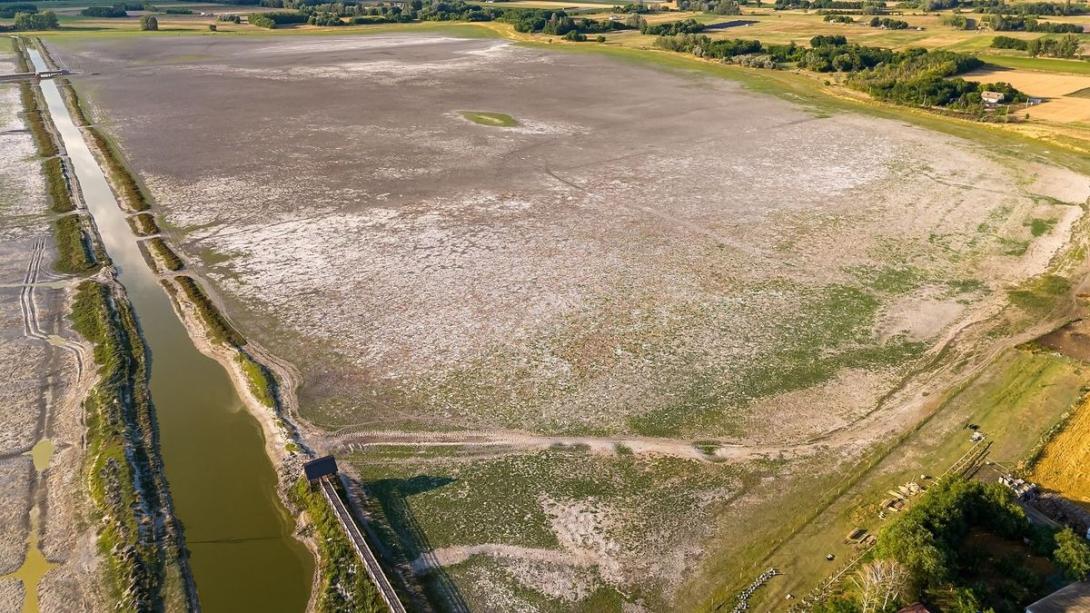Photo gallery
Summary
The national Landscape Revitalisation and Integrated River Basin Management Program (2010) aimed to curb ecosystem degradation and flood/drought risk by retaining rain where it falls, especially in damaged parts of the landscape. It deployed many small water-retention elements across 488 municipalities, restoring landscape storage via basins, ponds and similar measures. Early phases created ~7,700 seasonal jobs with about €43 million invested; the programme was adopted by Government Resolution 744/2010.
Following a change of government in 2012, the national programme was wound down; only ~4% of planned funds were disbursed and monitoring was not established in time. Yet many structures remained in place. In the Košice region alone, ~250,000 m³ of green/retention works were completed in 2010–2012, and the approach continues there under a region-wide Restoration Programme approved in 2021 with a 2021–2030 horizon. The Ministry of Agriculture is also preparing a ‘Climate Fund for Soil’ to support such measures.
Following a change of government in 2012, the national programme was wound down; only ~4% of planned funds were disbursed and monitoring was not established in time. Yet many structures remained in place. In the Košice region alone, ~250,000 m³ of green/retention works were completed in 2010–2012, and the approach continues there under a region-wide Restoration Programme approved in 2021 with a 2021–2030 horizon. The Ministry of Agriculture is also preparing a ‘Climate Fund for Soil’ to support such measures.
Last update
2025
